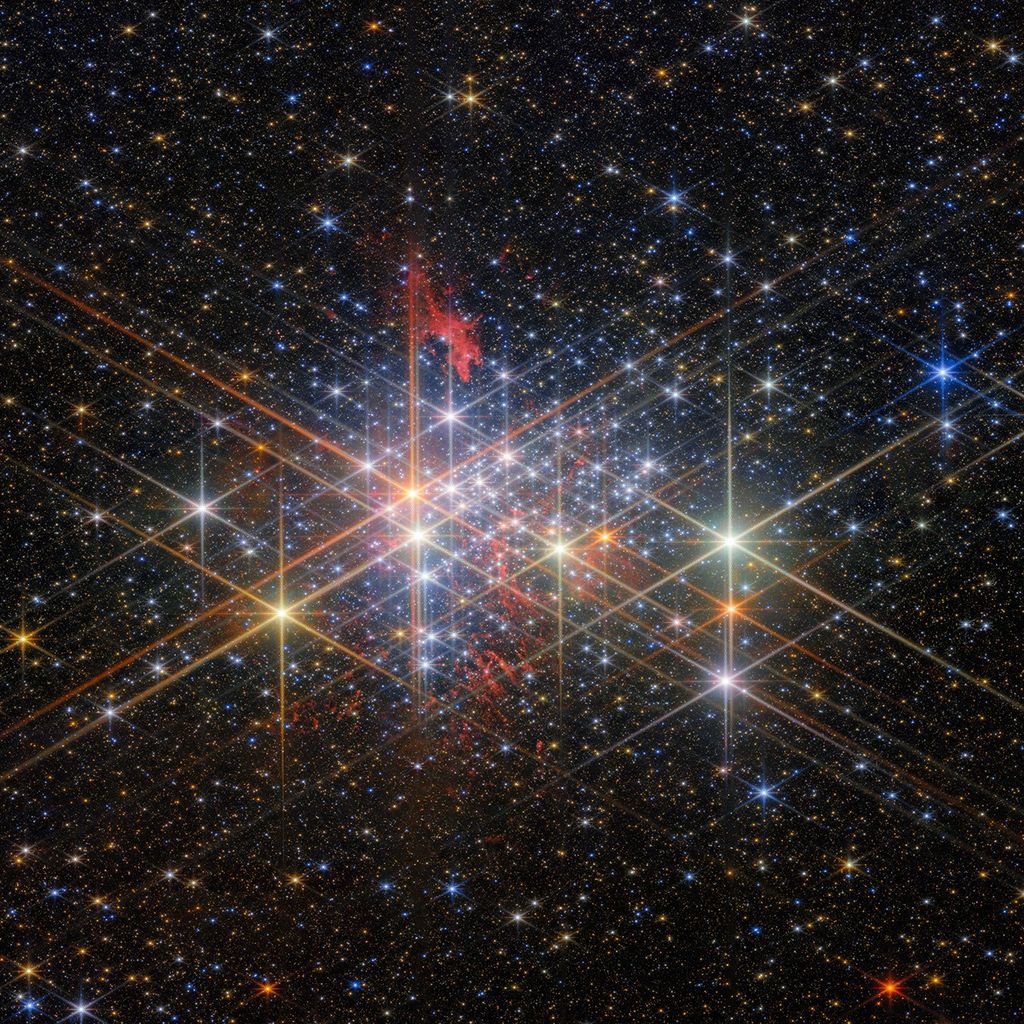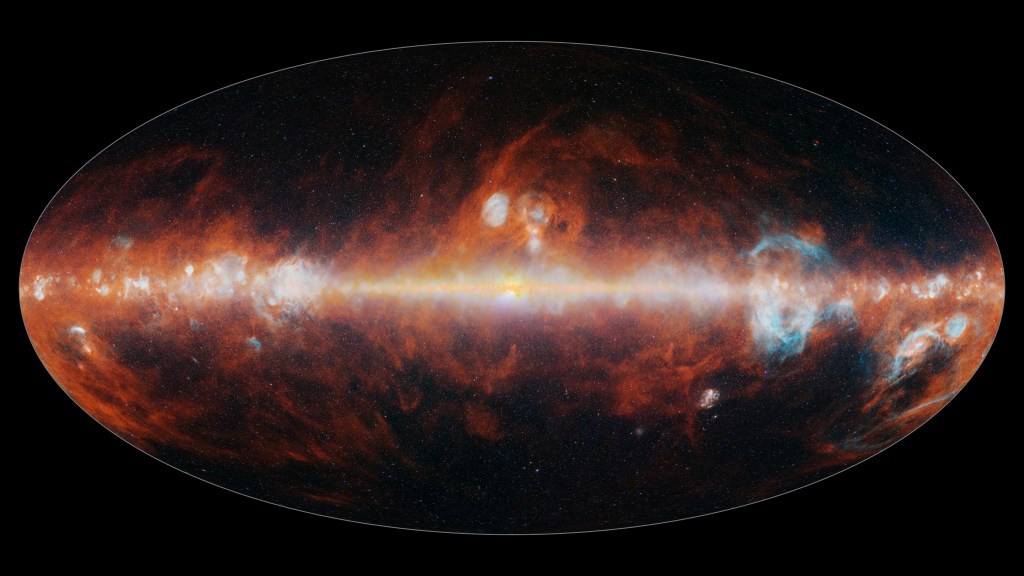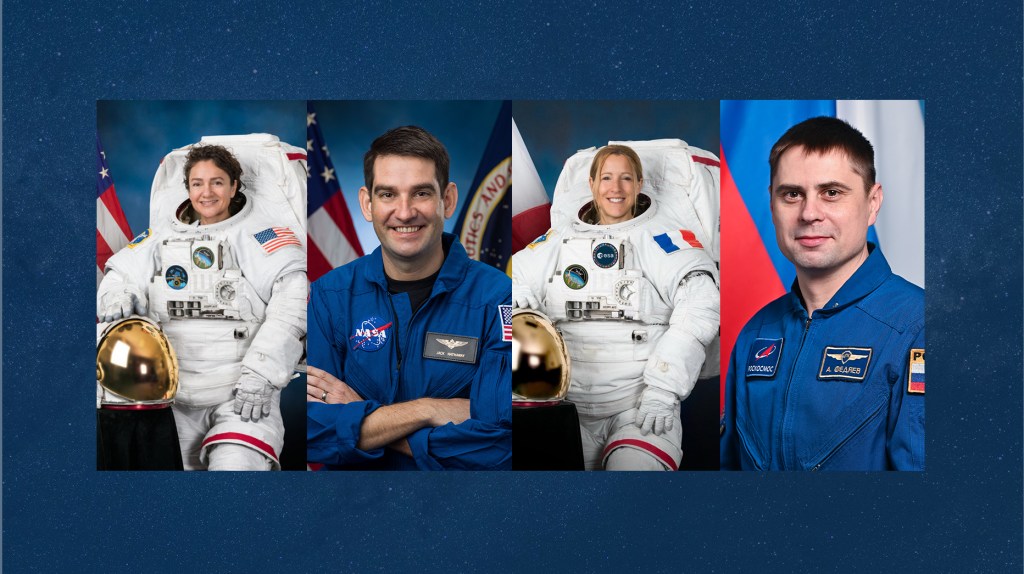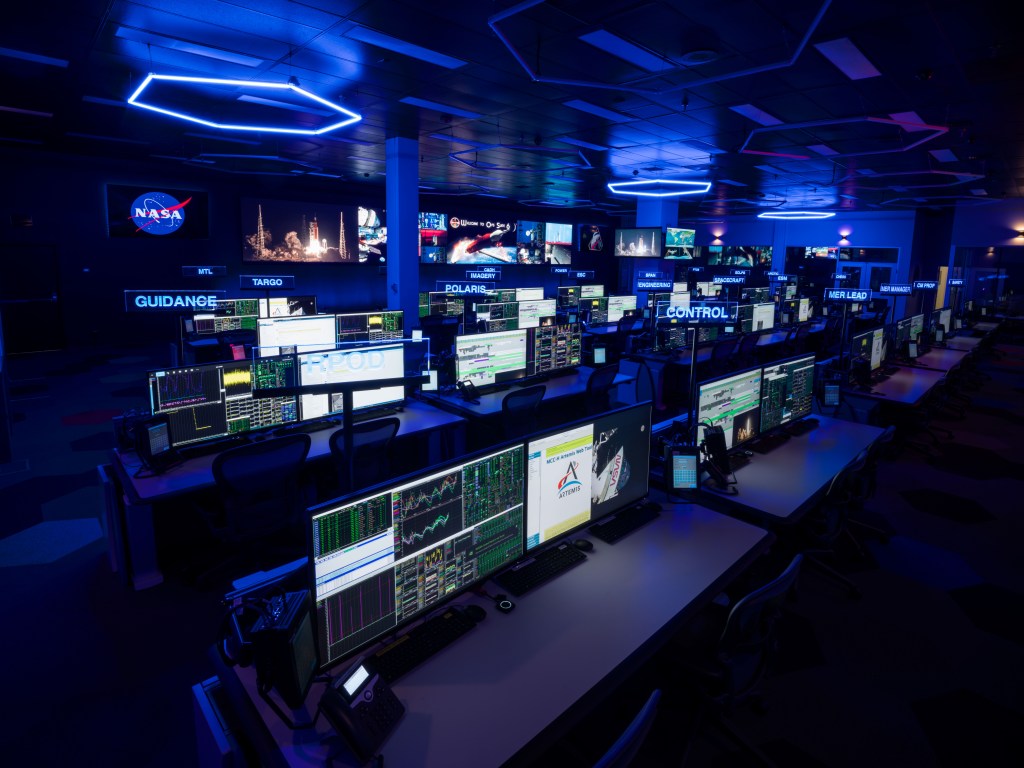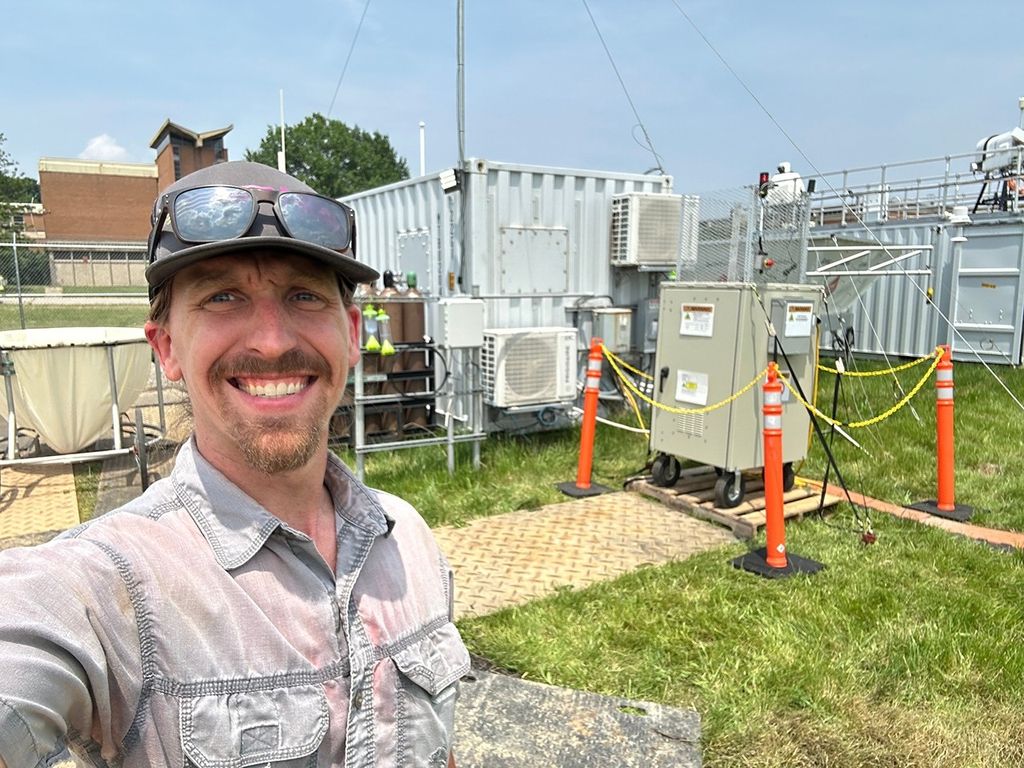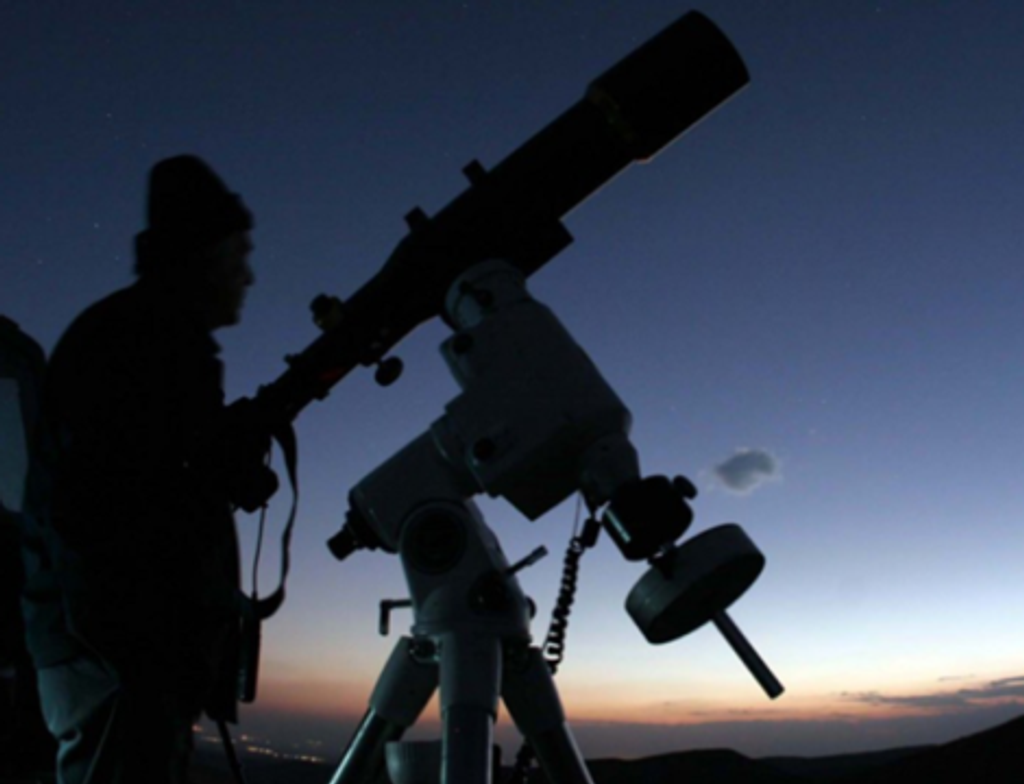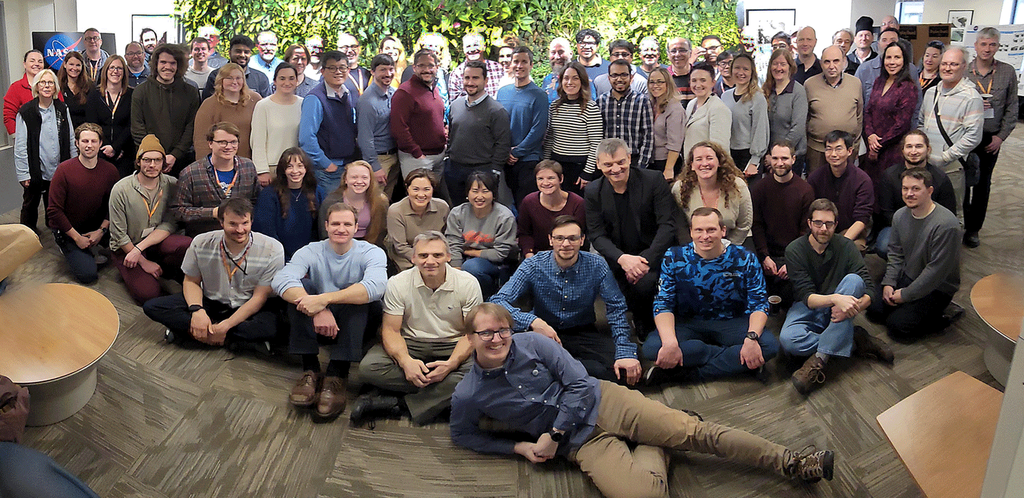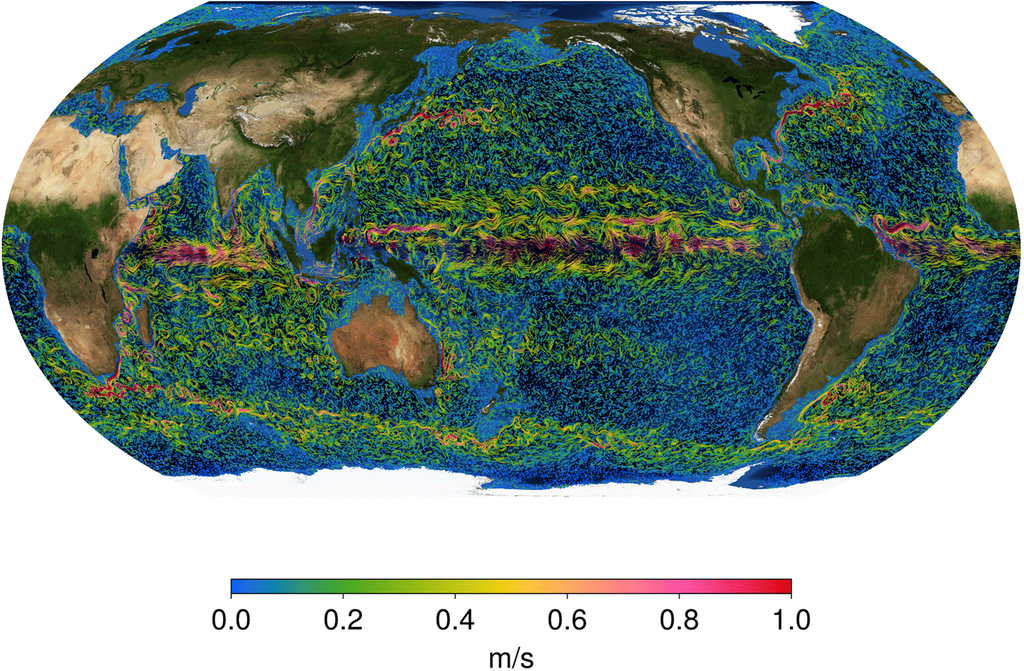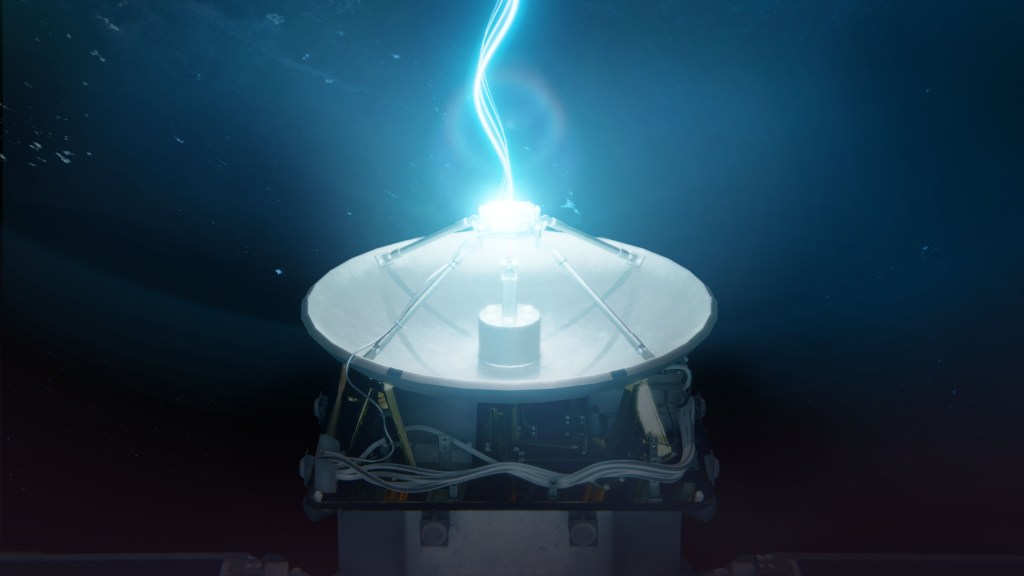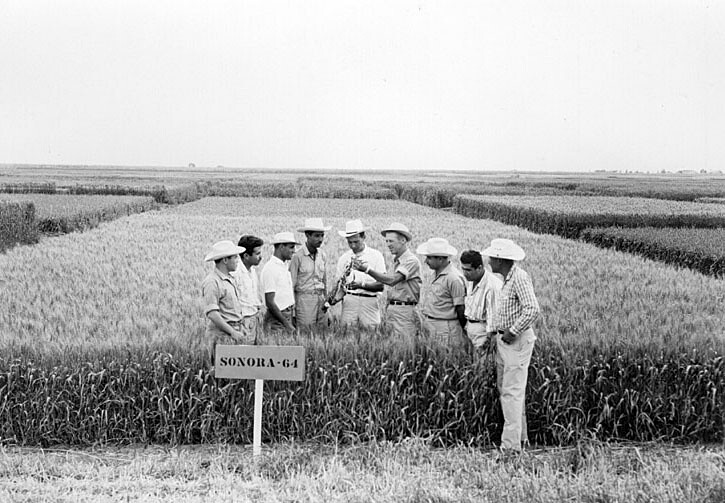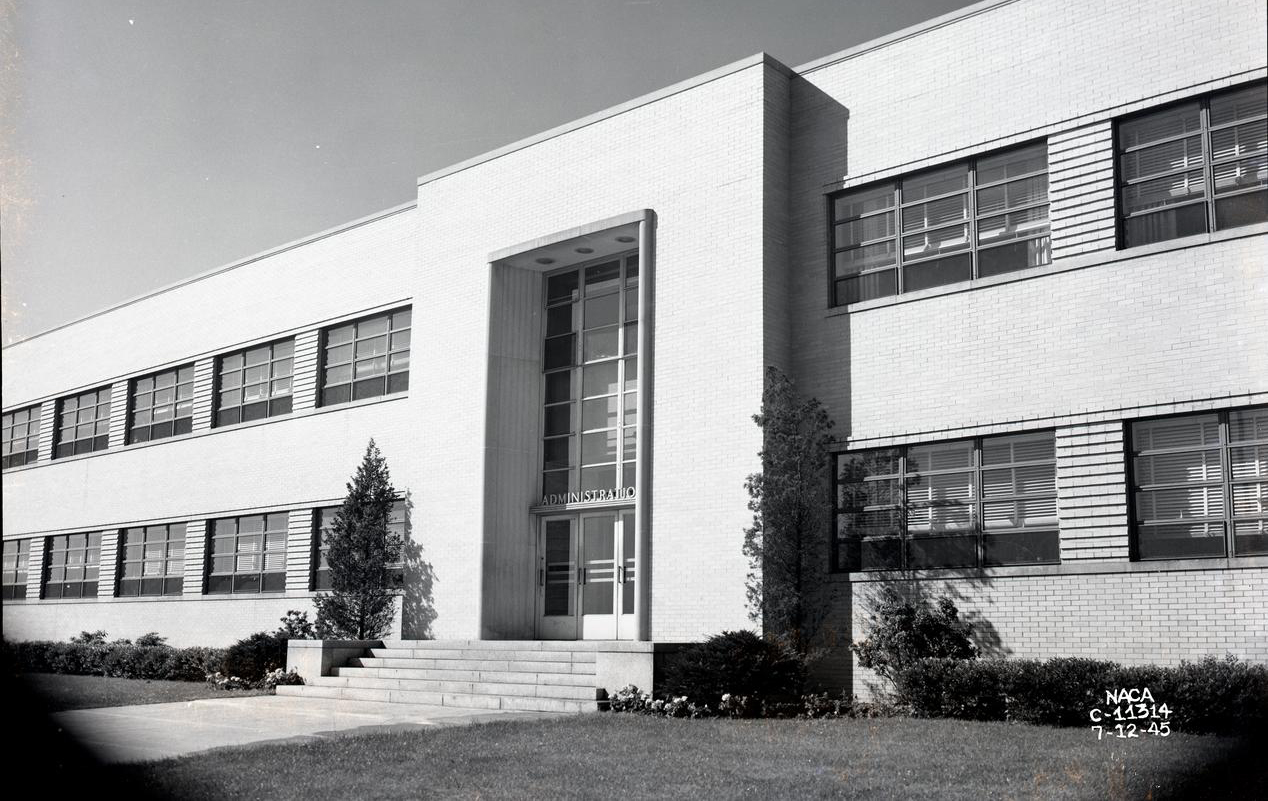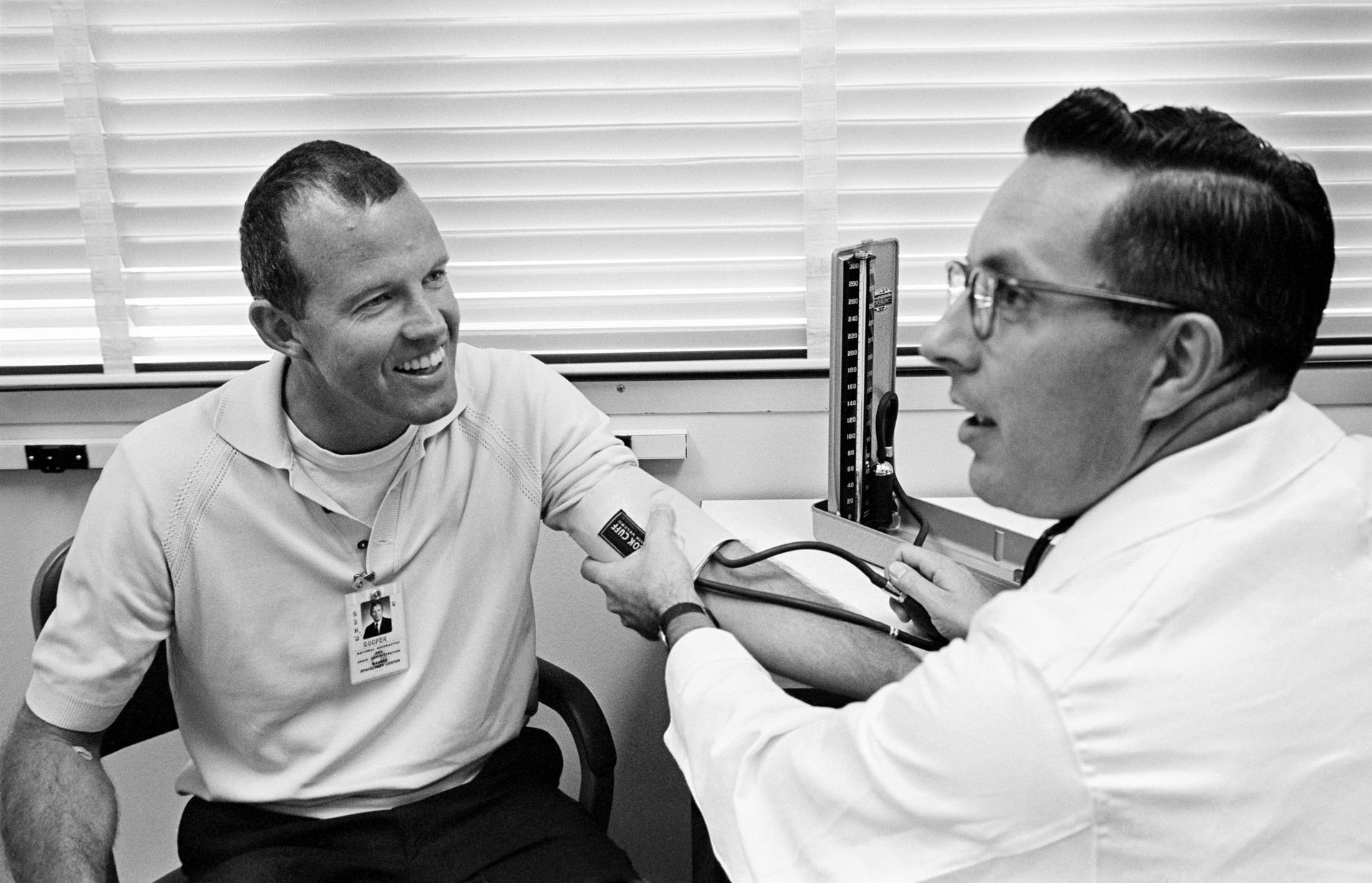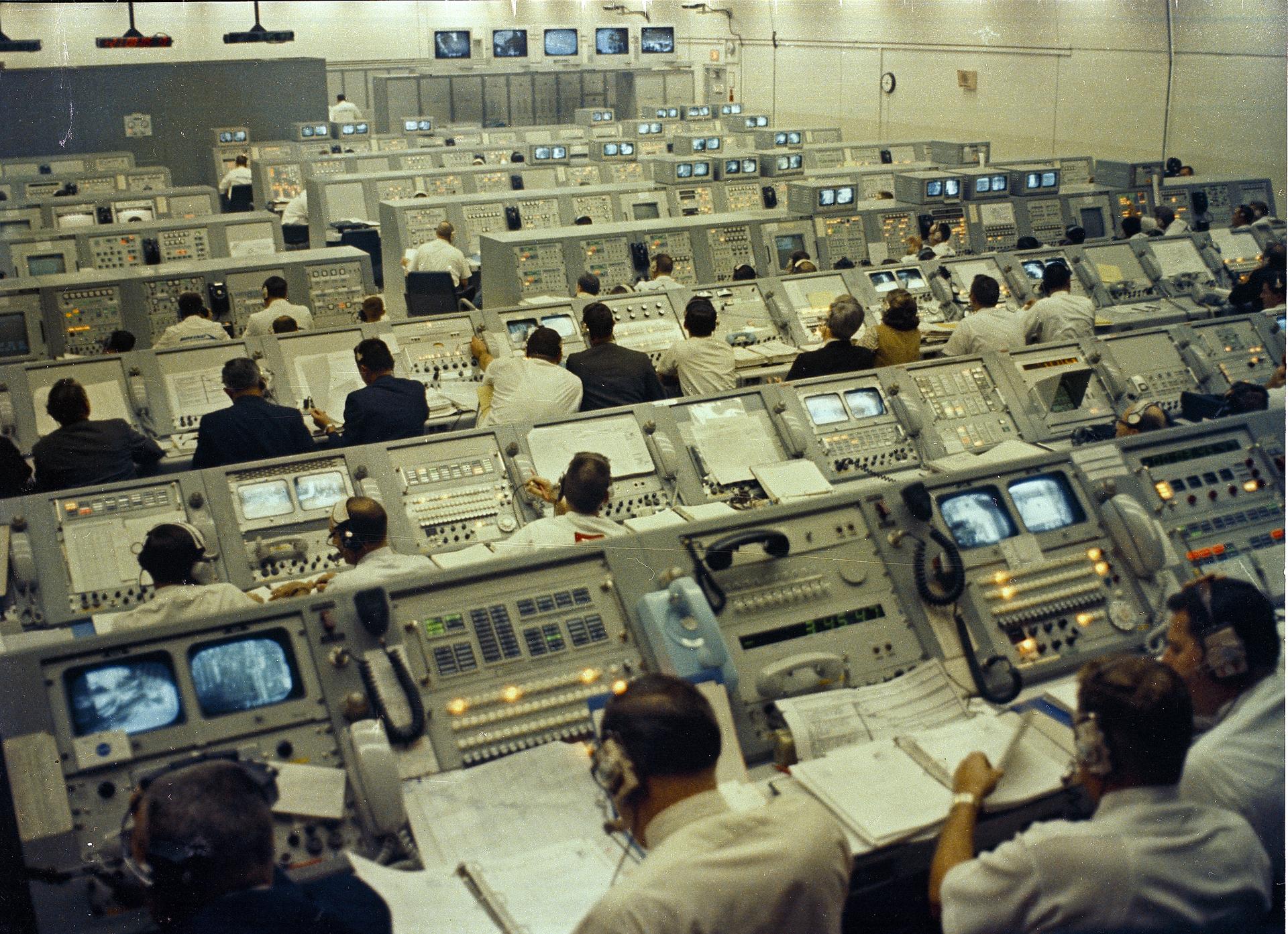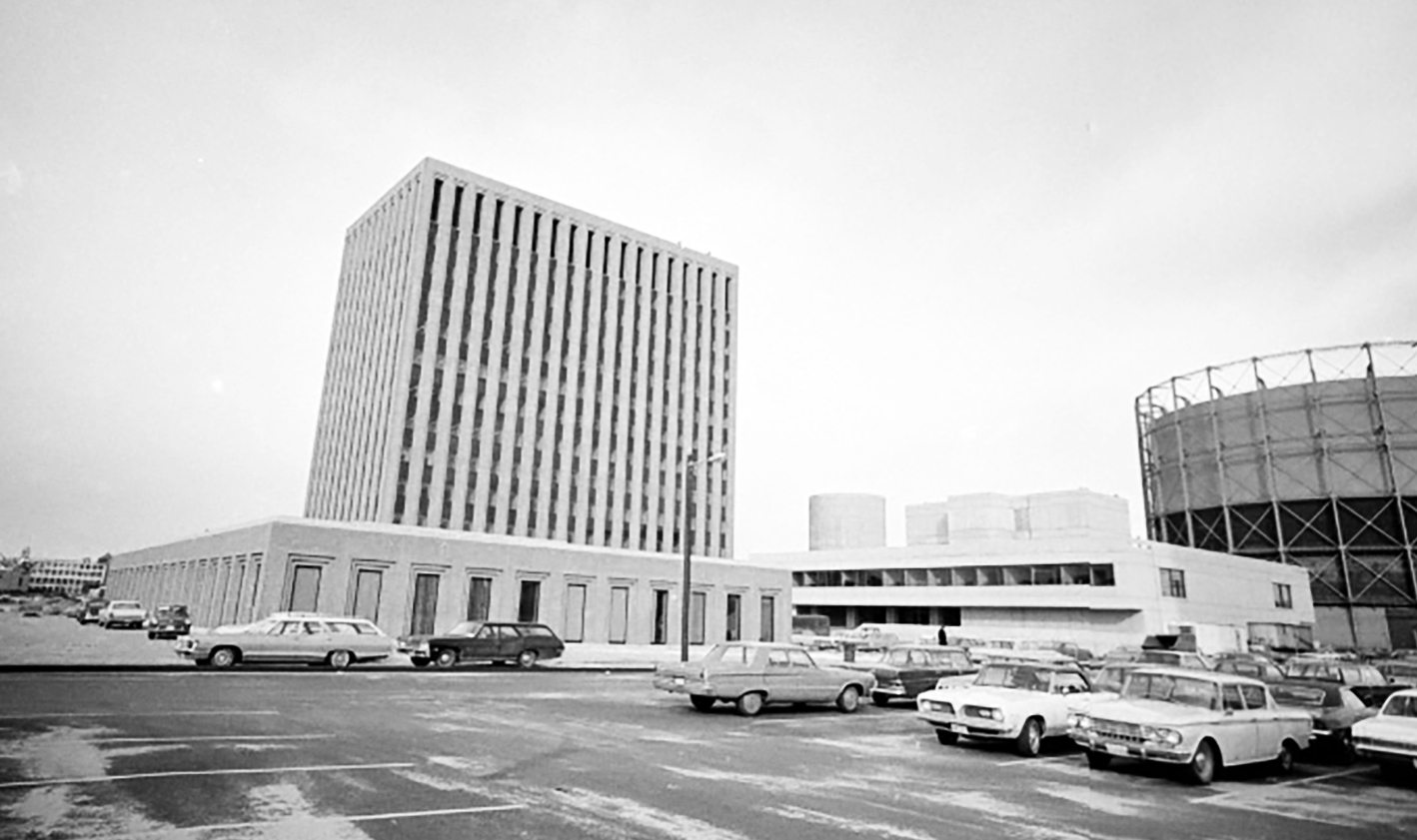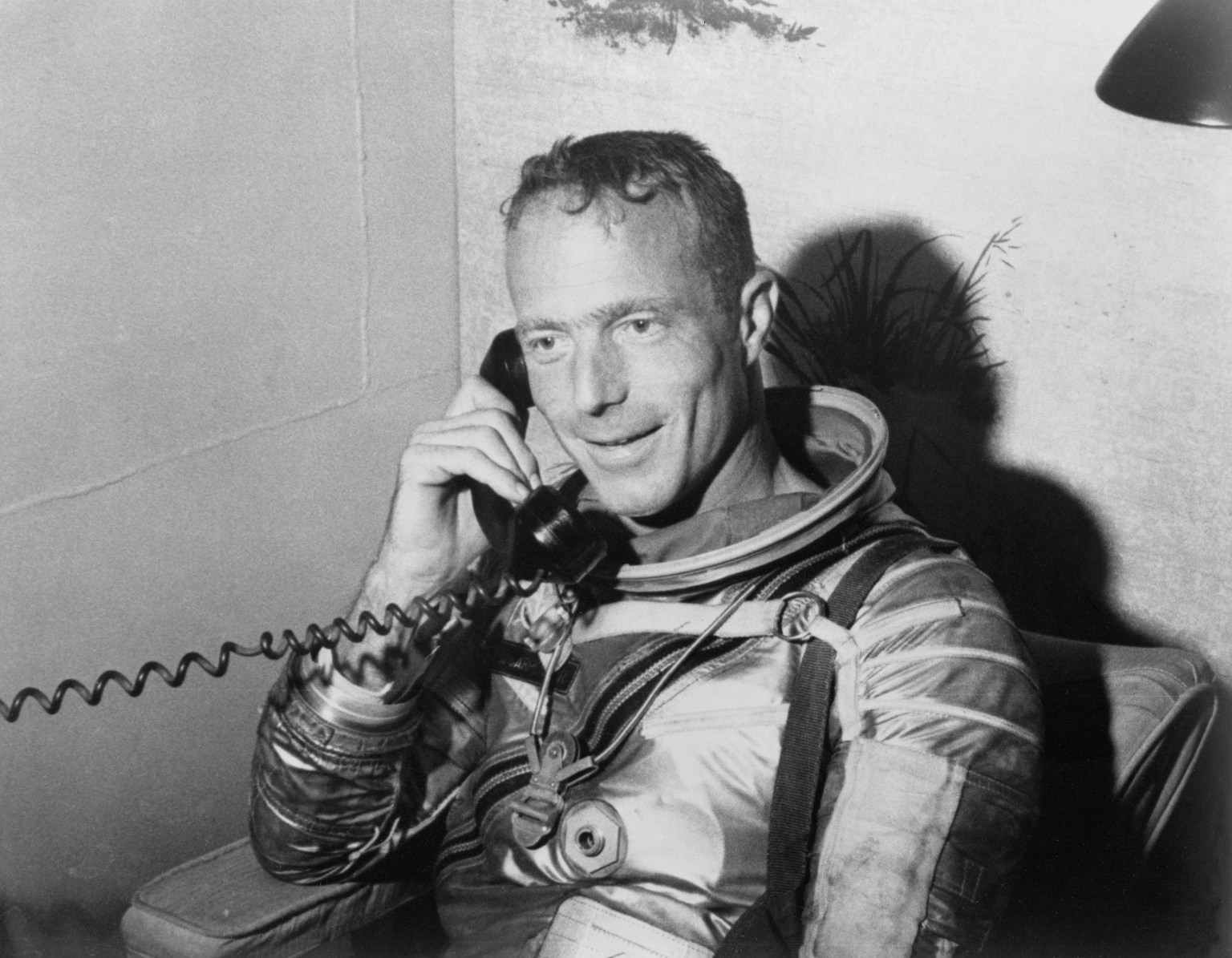As we close out 2024, NASA’s historians and archivists reflect on the progress made over the year and share snapshots of the agency’s history revealed in their recent work. Topics include questions about blood pressure ahead of America’s first human spaceflight, lessons from NASA’s Electronics Research Center, Landsat and the Green Revolution, oral histories from the NASA leaders that helped save the lives of 33 Chilean miners, a farewell to the Administration Building at NASA Glenn, and much more!
Volume 41, Number 4
Winter 2024
Featured Articles
From the Chief Historian
By Brian Odom
Twenty twenty-four was a busy year. NASA saw increased activity in low Earth orbit, preparations for Artemis II, the launch of Europa Clipper, expansion of the Artemis Accords, and much more. Activity in the NASA History Office certainly reflected that hectic pace. The areas of archives, engagement, research, and publications formed the backbone of the work we collectively undertook in our efforts to support agency goals and decision-making. Continue Reading
Landsat and the Green Revolution
By Brad Massey
Hybrid crops, industrial fertilizers, and global supply chains commoditized foodstuffs, increased harvest yields, and dramatically transformed many agricultural systems after World War II. This was especially the case in developing countries. Agricultural production soared in Mexico, India, and other nations with growing populations. All told, global harvest levels increased threefold between 1950 and 1990.
This agricultural transformation, which was sponsored and exported by the U.S. government, special interest groups, and corporations, is known as the Green Revolution. American politicians, agribusinesses, and scientists who supported the revolution believed increasing harvest yields worldwide reaped diplomatic and economic rewards in the mid- and late 20th century. Helping developing countries become food self-sufficient, these disciples of the Green Revolution theorized, could stabilize the global food market, feed those in need, and, in the process, undercut the appeal of communist political ideology during the Cold War. Continue Reading
Farewell to Glenn's Administration Building
By Robert Arrighi
“Simply, and quietly, without display or ceremony, the new Administration Building was opened Monday morning,” is how the center’s newsletter described the beginning of operations in the Administration Building on December 15, 1942, at what is today NASA’s Glenn Research Center. The atmosphere was similarly subdued when the center staff permanently vacated the building in July 2024, bringing an end to its role as the center’s management team’s base for over 80 years. . Continue Reading
Matters of the Heart: Confronting Questions About Blood Pressure Physiology Ahead of America's First Human Spaceflight
By Jennifer Ross-Nazzal
Only weeks before astronaut Alan B. Shepard Jr. was scheduled to fly in space, the historic Mercury-Redstone (MR)-3 mission was suddenly in jeopardy. Physicians on the President’s Science Advisory Committee (PSAC) were “about to blow the whistle on the first manned flight, because there was no way to measure blood pressure of the astronauts.” This “vote of no confidence” by the PSAC medical team caught the director of Project Mercury, Robert R. Gilruth, by surprise. “We thought we had satisfied all their questions,” he later recalled. But physicians on the panel feared that the human heart would fail to function in space and insisted on more testing involving chimpanzees, to which Gilruth wryly suggested that NASA move Project Mercury to Africa, where there was “an adequate supply” of primates. Continue Reading
The Time NASA Helped Save the Lives of 33 Chilean Miners
By Sandra Johnson
At the 53rd annual COPUOS meeting, Juan Fernando Acuña Arenas from the Chilean Space Agency met NASA’s Deputy Administrator Lori Garver and Deputy Associate Administrator for International and Interagency Relations Albert Condes. The fortuitous meeting in June 2010 helped forge the way for a future partnership between the two countries and strengthened the bond of cooperation on Earth as well as in space.
The following August, two months after the COPUOS meeting, a portion of a gold and copper mine in the Atacama Desert collapsed, trapping 33 men 2,300 feet underground. After the rescue team discovered that the miners had survived, the government began to look for guidance in planning the recovery operations.
The NASA history office conducted oral histories with the NASA team that responded to the Chilean government’s request for help. Continue Reading
"It Was the Night Before Launching": Poetry by Former NASA Creatives
By Christine Shaw
When thinking about NASA, artists and artistic expression are not typically the first things that come to mind. … As the holidays approach, it is appropriate to highlight two poems by NASA employees relating to the season. “The Night Before Apollo” by Dr. Joseph Shea and “SolarMax Flies Again” by Barbara Scott highlight two important NASA projects in verse. Continue Reading
Innovation, the Private Sector, and NASA: Lessons from the Electronics Research Center
By James Anderson
Facets of NASA’s role in the semiconductor revolution have been written about over the years, especially the connection to the development of integrated circuits and their use on the Apollo Guidance Computer. Less well known is that from 1964 to 1970, NASA had an entire center devoted to electronics research: the Electronics Research Center (ERC) in Cambridge, Massachusetts. Its history and impact have received comparatively
little attention. Continue Reading
Capturing Contemporary History
By Christine Shaw and Jillian Rael
For over 66 years, NASA’s mission to “inspire the world through discovery” has enriched global, national, regional, and local history through the work in aeronautics and space. Indeed, the agency continues to build its historical contributions by driving collaborative innovation and ingenuity across not only its centers but also with domestic and international partners. In turn, it is the purpose of the archivists and historians of NASA’s History Office to capture this ever-evolving history and share it with the world. Continue Reading
The Project Gemini Collection in the NASA Kennedy Archives
By Kylie Taffer
One of the more fascinating and significant collections at the Kennedy Space Center Archives is the Gemini Collection. The most significant achievements of Project Gemini are highlighted in this collection, including materials detailing precision maneuvering in orbit and extending the duration of human spaceflight. . Continue Reading


